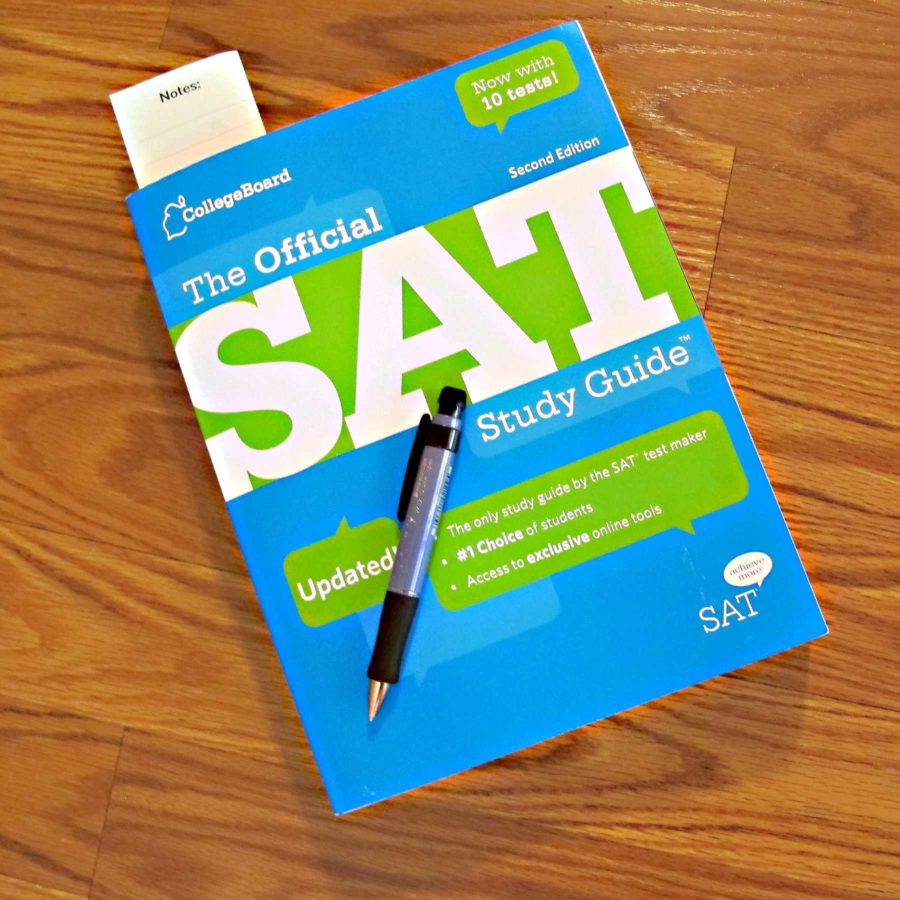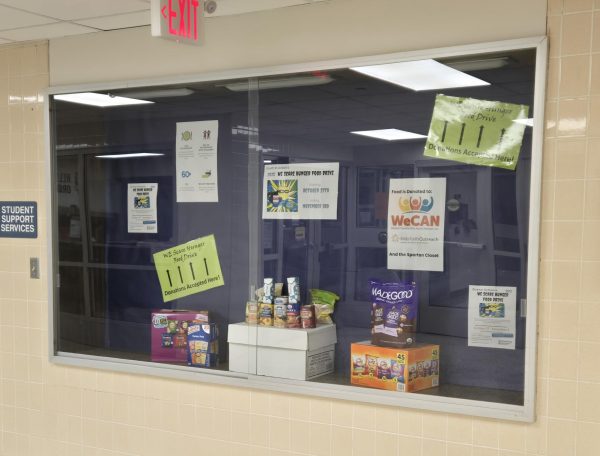Standardized Testing: What You Need to Know
The two most common standardized tests are the SAT and ACT. Both of these tests are used to evaluate a student’s progress and to see what they know. Colleges use the students’ scores to consider accepting them, however, these days they are more commonly optional.
The state ACT will be on Feb. 28 and another ACT will take place on April 8. The next SAT will be May 6. All schools recommend students take at least one of these standardized tests, but before anyone does they need to know the basics.
In 1926, the SAT was first created by College Board, according to PBS. However, on March 5, 2016, the old SAT was replaced by a new SAT, with a different scoring system and different focus. The new SAT now focuses more on what students learn in class and needs for future colleges and career. When the SAT was replaced by it’s newer model, students were confused on whether to take the old one or the new one, and they were also confused by how they were different.
According to the database, USNewswire, the new SAT is three hours (an extra 50 minutes with the optional essay) and has two sections: Math and Writing/Reading (three, if one decided to take the essay). The testing score now ranges at 400 to 1600 and there is no penalty for guessing (which originally took off a quarter point for each question someone guessed on and got wrong).
Nowadays, some colleges do not require SAT and ACT scores, instead they are listed as optional. This may make any student think, “Oh, well now I don’t have to do it.” However, just because most schools do not require SAT or ACT scores, it is still recommended that people take them. Most Ivy League schools still require the scores and even if someone is not looking at Ivy League schools, some schools may look for those who did a little extra more when considering who to accept.
“I sent my ACT scores to LSU, which I got accepted to,” senior Elizabeth Courtney said.
For any test, standardized or not, it’s best to go in prepared. Studying is important. There are many methods to study for the standardized tests. Taking practice tests online, buying SAT practice books, getting a tutor. A new method would be KHAN Academy, which has recently paired up with College Board to help students prepare. According to the PR Newswire, SAT practice from KHAN Academy went online on June 2, 2015. One year later, they reported that there was more than 1.4 million users. KHAN Academy’s purpose is to help students study by providing many practice tests and other tools. Hiring a tutor is also another common method for studying.
“I got a tutor and went over the material every week leading up to the SAT. I also took the PSAT,” senior Carrie Courtney said.
Another way to study is the PSAT, a practice SAT that copies the format of the real test so students who take it get a feel of what it’s really like. Here at Orono, the PSAT isn’t required. Research shows that it all depends on the person. It can help someone a lot, or not at all.
“The PSAT was pointless. It didn’t help me,” senior Ella Gagne said.
“The PSAT did help me prepare for the SAT, but not for the ACT,” E. Courtney said.
According to an article by the New York Times, the ACT is used to predict how well students will do. The article from PRNewswire writes that the new SAT focuses on what students learn from class. However, one must choose to take one or both. For both the SAT and ACT, essays are optional. Both have math and English sections. Both have their pros and cons. In the end, it is up to what the student finds easier and does better with. Remember, when deciding, both SAT and ACT can be taken more than once and the essays are an extra 50 minutes to the entire test.
“I recommend both [SAT and ACT] with the essay because some colleges require them,” E. Courtney said.
“I took all [standardized tests] twice and with the essay,” Gagne said.
























































